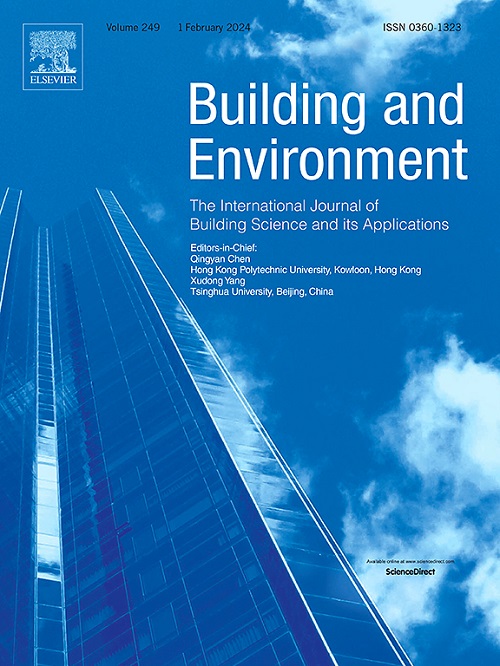No “true” greenery: Deciphering the bias of satellite and street view imagery in urban greenery measurement
IF 7.1
1区 工程技术
Q1 CONSTRUCTION & BUILDING TECHNOLOGY
引用次数: 0
Abstract
Urban greenery is a crucial element in building sustainable cities and communities. Despite the widespread use of satellite and street view imagery in monitoring urban greenery, there are significant discrepancies and biases in their measurement across different urban contexts. Currently, no literature systematically evaluates these biases on a global scale. This study utilizes the Normalized Difference Vegetation Index (NDVI) from satellite imagery and the Green View Index (GVI) from street view imagery to measure urban greenery in ten cities worldwide. By analyzing the distribution and visual differences of these indices, the study identifies eight factors causing measurement biases: distance-perspective limitation, single-profile constraint, access limitation, temporal data discrepancy, proximity amplification, vegetative wall effect, multi-layer greenery concealment, and noise. Moreover, a machine learning model is trained to estimate the bias risks of urban greenery measurement in urban areas. We find that bias in most cities primarily stem from an underestimation of GVI. Dubai and Seoul present fewer areas with overall bias risk, while Amsterdam, Johannesburg and Singapore present more such areas. Our findings provide a comprehensive understanding of the differences between the metrics and offer insights for urban green space management. They emphasize the importance of carefully selecting and integrating these measurements for specific urban tasks, as there is no “true” greenery.
求助全文
约1分钟内获得全文
求助全文
来源期刊

Building and Environment
工程技术-工程:环境
CiteScore
12.50
自引率
23.00%
发文量
1130
审稿时长
27 days
期刊介绍:
Building and Environment, an international journal, is dedicated to publishing original research papers, comprehensive review articles, editorials, and short communications in the fields of building science, urban physics, and human interaction with the indoor and outdoor built environment. The journal emphasizes innovative technologies and knowledge verified through measurement and analysis. It covers environmental performance across various spatial scales, from cities and communities to buildings and systems, fostering collaborative, multi-disciplinary research with broader significance.
 求助内容:
求助内容: 应助结果提醒方式:
应助结果提醒方式:


